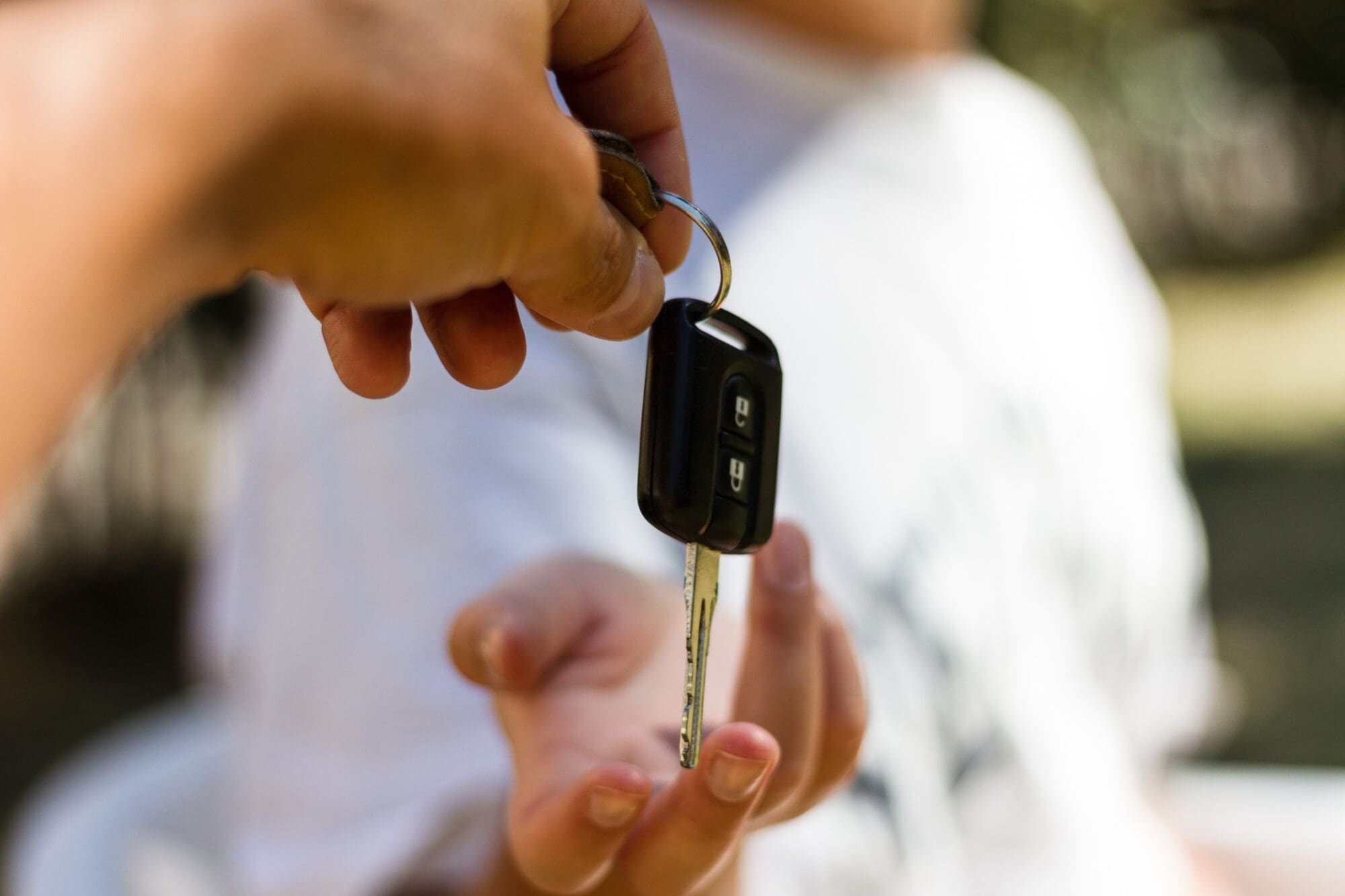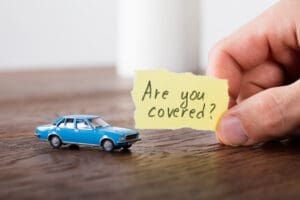Many people today lease their primary vehicle. This is a great way to save on monthly payments, while having the latest model vehicle. You’ve likely weighed the pros and cons of leasing versus buying, but did you factor in insurance?
How much insurance you must carry, and your auto insurance premium will vary depending on whether you lease or buy a vehicle. Let’s look at some of the ways your rates are affected and how you can save money on auto insurance whether you are leasing or buying a new car.
State Minimum Liability Coverage
If you purchase a vehicle outright you can insure it with just the state minimum requirements. This is not recommended, since it likely won’t provide full protection.
However, if you lease a vehicle you will not be allowed to have such minimal coverage. Similar to taking out a loan for a vehicle, your leasing company will require you to have higher levels of coverage in order to protect their investment. So, make sure you understand what the required minimum coverage levels are for your lease. Then you can begin to compare rates from different auto insurance carriers.
Are the Rates Different for Leased Cars?
No. The fact that your car is leased does not mean the rate is more expensive. You may have to carry more coverage, as described previously, but the rate is the same for leasing versus buying. The insurance company does not care if your car is leased or bought. The rate is based on many factors including driving history, credit history, age, and the neighborhood where the car is kept
Listing Additional Drivers on a Leased Car
Whenever you let someone else drive your car, you should be aware of the insurance implications. When you lease a car, the car is actually owned by the leasing company. If someone other than you drives your leased car on a regular basis, you should list them on your insurance policy. That way, if they have an accident you will not be at risk of having your claim denied and having to pay for car repairs to a car you don’t own. Alternatively, the other driver could have a comprehensive insurance policy in their own name that covers them when driving a car that is not in their name.
What is Gap Coverage?
For many, the amount owed on a lease exceeds the actual cash value of the vehicle. This is known as a gap and happens because of depreciation. A newer car loses value quite quickly. Many leasing companies include an amount for gap insurance in the monthly lease payment. So, if the car is totaled gap insurance covers the balance of the lease amount.
If this coverage is not included in your payment, you may be able to purchase it as part of your auto insurance policy. Gap coverage can save you lots of money if your leased vehicle is totaled.
And, to find the most insurance savings for your leased vehicle, use the DoozyProof Insurance quote form to receive rates from major carriers.



